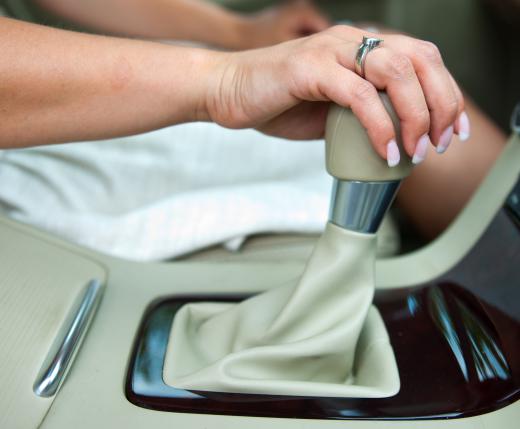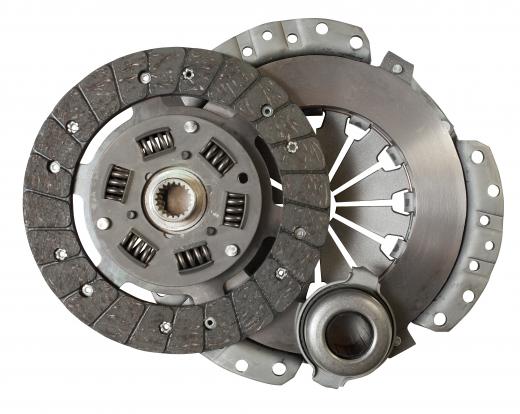A power clutch is a special type of clutch. A clutch, in general, is a device for transferring the rotating power from the engine’s flywheel to the transmission, which can convert that rotational energy into the motion necessary to turn the vehicle’s drive wheels. A power clutch is designed to withhold higher strength and heat in the high performance applications used by racing and street vehicles, as well as to allow a driver to shift with less engagement of the clutch pedal. It also allows for better transfer power from the engine to the transmission in order to transmit more of the vehicle’s horsepower to the drive wheels, resulting in higher speeds.
Power clutches are popular in any vehicle that has a manual, as opposed to an automatic, transmission. In an automatic transmission, there is a fluid coupling known as a torque converter that transmits the engine’s rotational power to a pump that pushes fluid through a variety of valves to compress plates together to produce higher gears. In a manual transmission, power from the engine’s rotations is only transmitted when the clutch is engaged to couple or decouple the engine’s flywheel from the transmission. In this way, when the engine is in the desired gear, and the revolutions of the engine are maintained at the proper speed, the clutch is in use coupling the engine to the transmission.

Power clutches are those clutches made out of heavier duty material or that have modified bearings or surfaces to allow for a shorter shifter throw. Many power clutches are used in racing, because they have a higher tolerance for heat and wear that come from shifting frequently and operating at higher than average revolutions per minute than would be found in a normal driving situation. In addition, a power clutch is often made of different material than a traditional clutch, to cut down on friction losses in horsepower that can cause the engine to work harder with less of that power being transmitted to the rear wheels.

Power clutches are not limited to automobiles. A power clutch may be found in motorcycles, farm equipment, and any other equipment that may need to have a clutch to assist in the operation of a manual transmission. Determining whether or not a power clutch is needed is part of the process of modifying a vehicle for a specific purpose, such as racing or off-road use.
